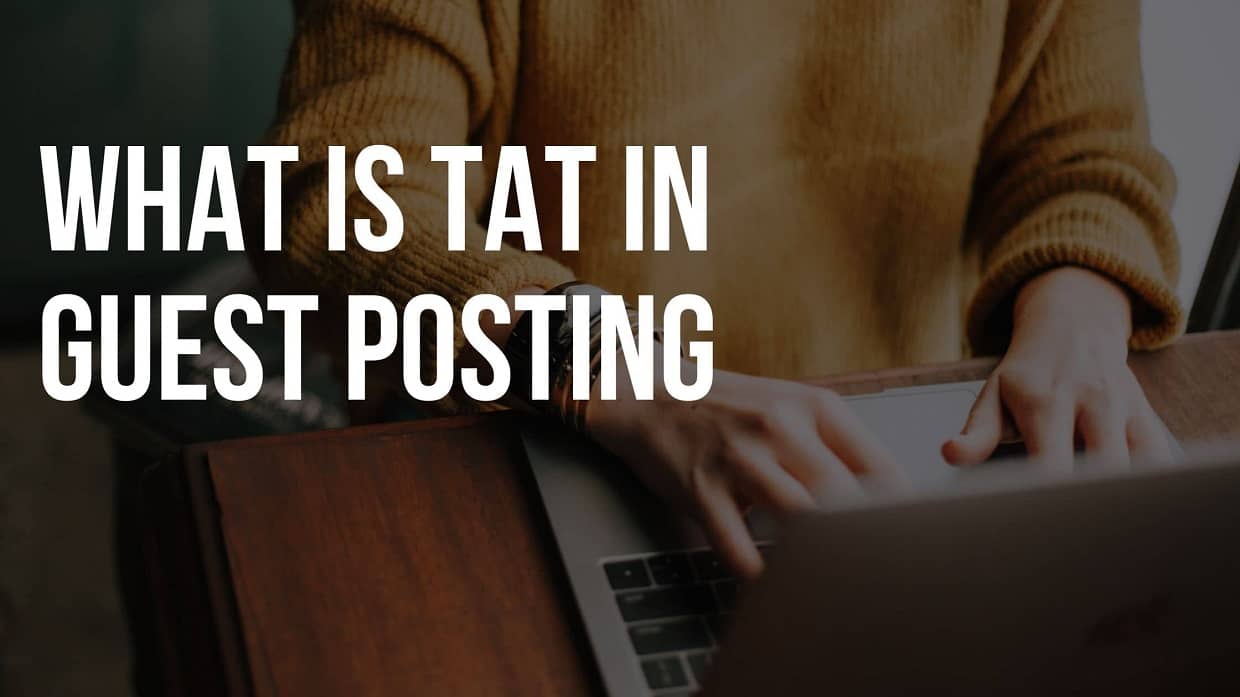Business
What Is The Difference Between Partnership And Sole Proprietorship?

Before launching a firm, every entrepreneur considers whether they should do it alone or split the earnings with other members. This questioning mechanism leads them along the route of deciding whether to form a partnership or operate as a sole proprietorship.
If an individual realises that they came up with the concept independently and did not want to share it, they can choose to be a sole proprietor.
However, there may be instances where the businessperson wants to share the load of responsibilities and the profits.
Let’s take a closer look at what the two are about.
What exactly is a partnership?
A partnership is an agreement between two people who agree on managing and operating a business in exchange for sharing responsibilities and profits.
In a partnership, both the liabilities and the profits must be shared equally by all partners.
A partnership can also be a cooperative venture undertaken or managed by many persons. Entities such as non-profit organisations and private persons could be among these parties. The aims of a partnership differ depending on the sort of collaboration. General partnerships, limited liability partnerships, and limited partnerships are the three types.
What is the difference between a sole proprietorship?
A sole proprietorship is a business that is not incorporated and is owned by a single person. It’s also referred to as a sole trader or a proprietorship. A single owner must pay personal income tax in this regard. This tax is levied on the profit made by the company.
A sole proprietorship is one of the most specific businesses to start or join. In this sort of business, the proprietor is not required to observe government regulations or obligations. These businesses are typically run by sole proprietors, independent contractors, or consultants. Some people consider starting a separate business to be a profitable venture.
Identifying the Differences Between a Sole Proprietorship and a Partnership
If we shed some light on the fundamental distinctions between the two, there could be a number of reasons that are sufficient to explain the differences.
1. A sole proprietorship is a business that is owned or controlled only by one individual. The term “partnership” refers to a business in which two or more people carry out the operations and in terms of the firm, and they are both entitled to a share of the profits and liabilities.
2. When it comes to legal procedures such as business registration, sole proprietors are not needed to do so, and it is up to the partners to decide if they want to do it.
3. The sole proprietor is the owner of a sole proprietorship business. The members or legal proprietors of the partnership firm run jointly by the partnership firms are known as the partners of a business.
4. There is no special law that governs sole proprietorships. However, when it comes to partnerships, the Indian Partnership Act, which was enacted in 1932, governs and regulates them.
5. When it comes to decision-making, it takes longer in a partnership because reaching a final conclusion requires the agreement of two or more parties. Quick decisions can be made as soon as possible when it comes to a single proprietorship.
6. The risk or uncertainty associated with a sole proprietorship is substantially larger because the owner is a single person who can die at any time. The proprietor may also become incapable of running the business due to a variety of factors. As a sole proprietor, this could be a significant disadvantage.
A partnership can be dissolved at any time. This could happen if two or more partners leave the company or become insolvent. In addition, the remaining partners can decide whether or not to continue the partnership.
7. In the event of a sole proprietorship, the sole owner’s ideas and notions are the sole sources of inspiration. When it comes to partners, however, idea generation is a joint activity, so the liability and the ideas are shared.
8. In a partnership, the potential for raising funds or financing is substantially greater. Fundraising in the case of a sole proprietorship is a hard affair because everything falls on one person’s shoulders, and the burden of generating funds cannot be divided.
9. In a sole proprietorship, there is only one owner. There must be at least two partners in a partnership, with a maximum of a hundred.
10. When it comes to secrecy and privacy, a sole proprietorship maintains a higher level of secrecy and privacy due to the fact that a single owner operates it. On the other hand, the business secrets are shared among all partners, and the level of privacy is low.
11. In the event of a sole proprietorship business, the sole proprietor has final decision-making authority. When it comes to partnerships, the ultimate choice must be made with all parties’ consensus, keeping the aspect of agreement in mind.
12. The proprietor is the only one who is responsible for the business’s profits and losses. When it comes to a partnership, gains and losses are shared equally amongst the partners, and profits are divided according to the agreed-upon ratio.
Final Thoughts
A sole proprietorship is a simple business to start. Setting up and forming a partnership, on the other hand, might be a difficult task. There are two sides to everything, and these two business concepts are no exception.
Business
Is a 200kb image ok for a website

Is a 200kb image ok for a website:- Yes, a 200KB image is generally okay for a website, but it depends on the context. Here’s what you should consider:
When 200KB is Acceptable:
✅ For high-quality images (like banners or product images) where clarity matters.
✅ For blog post feature images that need to be visually appealing.
✅ When using modern formats like WebP, which offers better compression without quality loss.
When 200KB Might Be Too Large:
❌ For thumbnails or icons – these should be under 50KB to ensure fast loading.
❌ If your website has multiple images – too many large images can slow page speed.
❌ For mobile optimization – smaller file sizes improve mobile performance.
Best Practices for Website Images:
Use WebP or optimized JPEG/PNG to reduce file size without quality loss.
Resize images to match the display size (e.g., don’t upload a 3000px-wide image if you only need 800px).
Use lazy loading to load images only when needed.
Ideal Image Sizes:
- Logos/Icons: 10-50KB
- Thumbnails: 30-100KB
- Feature Images/Banners: 100-300KB
- Full-screen Backgrounds: 200-500KB (if needed in high resolution)
Would you like recommendations on tools to optimize images for web use?
Business
what is tat in guest posting

what is tat in guest posting – In guest posting, TAT (Turnaround Time) refers to the time it takes for a submitted guest post to be reviewed, approved, and published on a website.
Factors Affecting TAT in Guest Posting:
- Editorial Review – Some sites have strict content guidelines, which can extend the approval process.
- Website Workload – High-traffic websites may take longer due to a backlog of guest post requests.
- Paid vs. Free Posting – Paid guest posts often have a faster TAT (sometimes within 24-48 hours), while free guest posts may take weeks or even months.
- Content Quality & Revisions – If an article requires major edits, the TAT increases.
Typical TAT for Guest Posts:
- Express TAT – 12-48 hours (common for paid guest posts).
- Standard TAT – 3-7 days.
- Extended TAT – 2-4 weeks (for high-authority sites with a long review queue).
If you need faster publishing, it’s best to opt for sponsored guest posts or inquire about priority posting options with the site owner.
Business
Effective Proven Ways to Convert Outbound Leads

Companies face mounting pressure to capture and convert leads in today’s highly competitive business landscape. The current economic challenges only intensify this struggle, while the rise of internet usage and technological advancements has dramatically shifted customer behavior.
In this environment, providing an exceptional client experience is crucial. Failure to do so may drive potential customers straight to your competitors. If you want to master converting outbound leads in this ever-evolving market, you’re in the right place. This article will explore practical, proven strategies to help you turn outbound leads into loyal customers.
This article will explore different ways you can increase your outbound leads conversion.
Understand About Outbound Lead Generation
Outbound lead generation is recognizing, searching, locating, and communicating with a potential lead. This is usually done to push for sales demand and be able to generate sales leads and prospects. It involves placing phone calls, writing, or sending any form of communication to a list or group with the aim of building leads.
Lead generation also refers to identifying potential buyers who may be interested in a business’s specific products and services a company offers and, therefore, building a sales channel. Some outbound lead generation strategies and modes of communication include cold calling, email marketing, social selling, social media messaging, TV/radio adverts, direct mail, and others.
There are some sets of teams you must put in place to make your process slick and successful, and they are:
Marketing Team: The marketing team must create leads and develop them. They develop and implement outbound campaigns to reach potential customers using email, social media, and advertising. Their objective is to generate interest in the company’s product or service. Marketers frequently practice audience separation, messaging creation, and campaign data analysis to enhance lead generation.
Sales Team: The sales team is responsible for following up once the marketing team has discovered promising leads. The primary function of the sales team is to turn such leads into clients. They often talk to leads through phone calls, appointment setting, or demonstrations, and their goal is to establish bonds, negotiate concerns, and make sales. The sales team only allows qualified leads to buy the products but works on them until they are ready to purchase.
7 Proven Ways to Convert Outbound Leads into Good Customers
It is important to transform leads into actual customers. As a businessman or woman, it is crucial to understand how to convince the desired clients to patronize your product or service. Here are some steps to take to convert leads to customers:
Understanding their Needs
Most businesses consider sales the ultimate goal of every business venture, but it is much more than just selling. So, when you are all about selling, you lose touch with what propels business and its value. Sales are relevant, but customers are the pillars of any business, and trust is how to gain loyalty. You have to dedicate considerable time and focus to understanding the specific needs of your customers.
Each individual has needs and concerns that must be addressed. When you take the time to listen to and try to understand them, you let them know that you do not only care for money but also for them. This helps build trust, and people will always take their business to places that respect their well-being.
Customers who are understood and acknowledged will likely return and even refer others to the business. Since positive experiences lead to word-of-mouth recommendations, nothing is better for business promotion. This way, you are not just creating customers once but supporters who will continue to support your branding so that it grows.
Diagnose & solve the problem
Most outbound leads will respond once they feel your offer can solve their issues. Whatever their concerns, forget about making general sales appeals and concentrate on the key issues affecting them. This can be achieved by asking intelligent questions during your first contact to enable you to know how to present your product best. This approach benefits the lead by showing them the value of your solution and why your product is perfect for their business.
Share Helpful Content
People are naturally more likely to trust brands they feel are confident in what they are doing. Publish valuable articles that prove your expertise in your chosen niche. These could be articles you write, videos you produce, or guides that address particular issues. When customers see that you’re informed and knowledgeable, they will trust you more.
Use Social Proof and Testimonials
This means people have more confidence in testimonials than in advertising and marketing messages. Use stories such as personal experiences or references from other clients that show how your product has benefited them. The next time leads visit your website and see people like them who have enjoyed their experience with you, they will trust you and proceed further. It is also essential to include genuine stories with real examples.
Show Them Why You’re Unique
More importantly, survival in today’s market requires more than blending in. Every enterprise operates within a competitive environment, offering similar goods or services to consumers, but the brand ultimately defines the customer’s choice. It goes beyond the products you sell, including the image you portray, the environment you create, and the brand’s background.
Consumers are flooded with options and seek businesses that provide a different experience. This may be excellent customer relations, personalization, a mission statement, or new product offerings. It would help if you communicated whatever makes you different or gives you an edge over your competitors to prospective clients.
Create Seamless Experiences
People are touched now and then in businesses when they hear something that may interest them or others. Understanding how to engage customers and ensure their loyalty to products is a significant factor in creating a lasting experience. Potential customers should be treated with courtesy and appreciation when they come across your brand.
This could have been done through a user-friendly website, polite sales representatives from the company, or fast customer service. Every contact counts, and making the journey as smooth as possible will improve the probability of a sale.
Flexible Pay System
In some cases, the financial aspect may pose a problem that prevents outbound leads from converting into customers. You can assure them that such high prices can be paid using flexible payment options like installments, upfront discounts, or subscription models. This makes them feel at ease when buying a product because they do not feel weighed down by initial costs.
Conclusion
Lead conversion can be overwhelming; however, the mentioned strategies will get you started. While there are other ways to convert leads, this article has explored the most basic ones you can use, irrespective of your experience with converting outbound leads. However, you can outsource lead generation companies if your business has other priorities. This way, you can focus on running your business and measuring your growth.
-

 Business3 years ago
Business3 years agoApplications and Advantages of Data Science in the Workplace
-

 Travel3 years ago
Travel3 years agoWhere Is Dubai On The World Map & Which Country Dubai Is Located
-

 Business3 years ago
Business3 years ago6 Fastest Growing Industries In The Middle East In The Last Decade
-

 Business3 years ago
Business3 years agoPringles New Logo Is Launched In The UK ?
-

 Travel3 years ago
Travel3 years agoComplete Dubai Visa Guide For UK Citizens
-

 Travel3 years ago
Travel3 years ago10 Important Rules for First Time Tourists to Dubai (Rules for Tourists must follow in Dubai)
-

 Fashion3 years ago
Fashion3 years agoIs I SAW IT FIRST A Women’s Fashion Brand?
-

 Help3 years ago
Help3 years agoHow to Renew Indian Passport in UK ?

